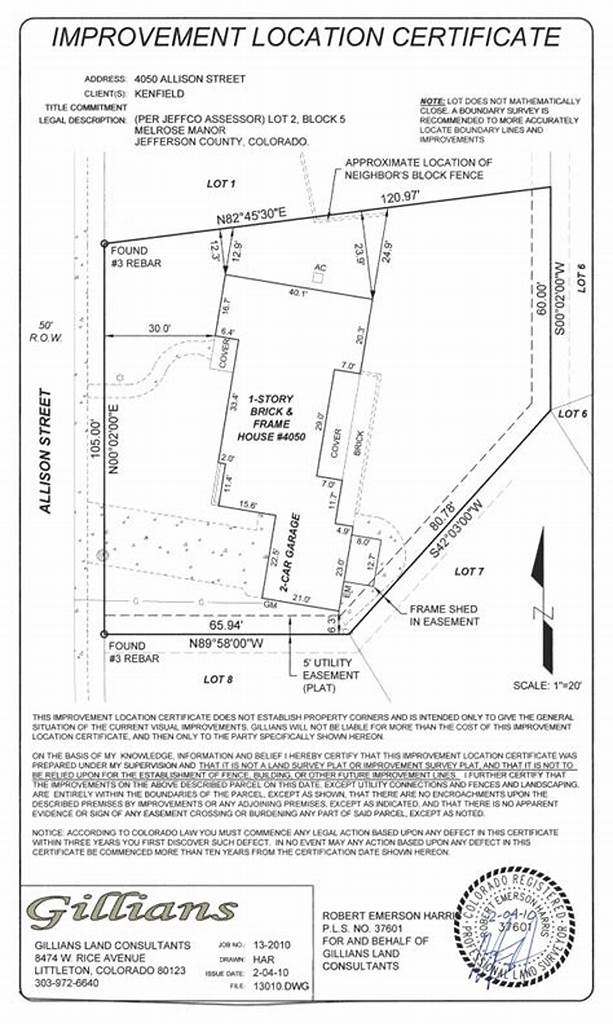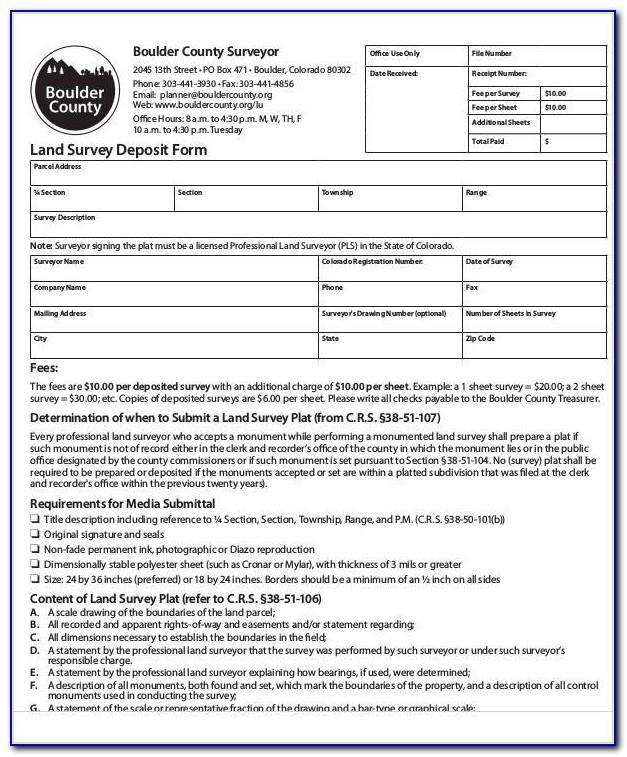Preciseness, effectiveness, and comprehensive documentation are critical in the field of land surveying. A trustworthy Land Survey Report Template can be quite helpful when planning a new construction site, determining property lines, or carrying out environmental research. In this tutorial, we’ll go over all you need to know about this vital instrument, including its parts, customization options, and importance in the industry.
Understanding the Land Survey Report Template
Essentially, a Land Survey Report Template acts as a uniform structure for recording survey information and conclusions. It offers a methodical structure for compiling data acquired during the surveying process, guaranteeing precision, uniformity, and expertise in the reporting. Although particular templates may differ based on the type of survey and legal requirements, they usually include important components that are necessary for thorough documentation.
Components of a Land Survey Report Template
- Title Page: The name of the project or property, the surveyor’s name, the date of the survey, and any pertinent reference numbers or identifiers are usually included in this section.
- Introduction: This section explains the goal and parameters of the survey, setting the stage for the analysis and conclusions that follow.
- Methodology: This section describes the methodologies and tools utilized for the survey, together with the measurement techniques, equipment, and any applicable standards or norms that were adhered to.
- Site Description: A detailed account of the survey region, including its topography, boundaries, location, and any noteworthy landmarks or features.
- Survey Results: The core of the report, this section provides the unprocessed survey data, frequently supplemented for clarity by maps, diagrams, and photos.
- Analysis and Interpretation: In this section, the survey results are examined and interpreted to shed light on the relevance and ramifications of the information received.
- Conclusion: An overview of the main conclusions and findings from the survey, together with any suggestions or actions that should be implemented in light of the findings.
- Appendices: Extra information or supporting paperwork related to the poll, such as court records, survey notes, or statistics that provide context.

Customizing Your Land Survey Report Template
Although a land survey report template’s general structure is always the same, it’s crucial to modify it to meet the unique needs of every surveying assignment. This could entail adding specific sections or forms, changing the amount of content, or aligning the layout with legal requirements or industry norms. You can increase the template’s efficacy and relevance by modifying it to suit your needs. This will guarantee that the template is a useful tool throughout the entire surveying process.
The Significance of the Land Survey Report
In addition to serving as a tool for documenting, the land survey report is essential for maintaining compliance, accuracy, and accountability in the field of land surveying. Survey data and findings are systematically recorded, making them a useful tool for future analysis, decision-making, and legal procedures. Furthermore, it fosters professionalism and credibility, boosting trust among stakeholders, clients, and regulatory bodies alike.
Best Practices for Using the Land Survey Report Template
Try using the following best practices to make your Land Survey Report Template as successful as possible:
- Standardization: Establish uniform policies and guidelines for the template’s use throughout your team or business. Reporting uniformity guarantees comprehensibility and promotes cross-project comparison.
- Thorough Documentation: Make sure you thoroughly record every facet of the survey, including the methodology, observations, and analysis. Accurate and trustworthy report production requires close attention to detail.
- Quality Control: Before submitting the final version of the paper, put quality control procedures in place to examine and confirm the accuracy of the survey data and report content. Peer reviews, internal audits, or validation checks could be part of this.
- Clear Communication: When communicating results and conclusions in the report, use language that is clear and simple. Steer clear of technical jargon and phrases that non-experts might not understand, and when needed, provide clarifications or explanations.
- Visual Aids: Add visual aids like charts, maps, and photos to the report to improve its readability and comprehension. Key points can be illustrated, and difficult material can be made easier to understand with the aid of visual representations.
- Compliance: Make sure that the report complies with all applicable laws, rules, and industry standards. Learn about any unique guidelines or procedures that apply to the surveying project so that you may include them in the report if appropriate.
- Client Engagement: Throughout the surveying process, interact with stakeholders or clients to get their input, answer any questions, and provide updates on developments. To make the report more relevant and helpful, take into account their suggestions and preferences.
- Continuous Improvement: To find opportunities for improvement, examine and assess your reporting procedures and surveying techniques on a regular basis. Seek input from stakeholders, clients, and other team members in order to improve the caliber of your reports as you go.

In summary, the Land Survey Report Template serves as a fundamental component of efficient surveying procedures rather than merely being a document. You can increase the efficiency and precision of your surveying tasks to new heights by accepting their structure, modifying them to suit your requirements, and realizing their importance. Thus, the next time you take on a surveying assignment, don’t forget to equip yourself with this essential instrument and set yourself up for success.
